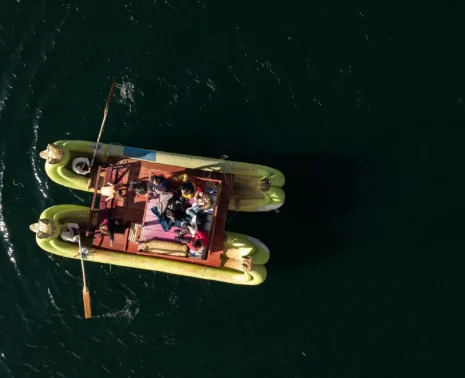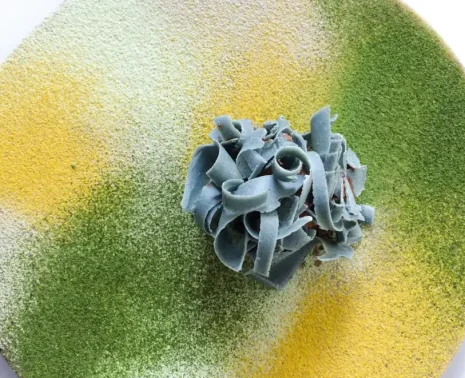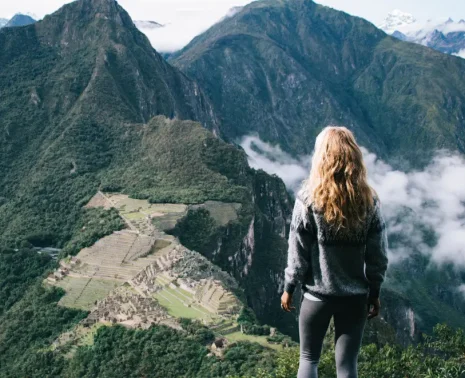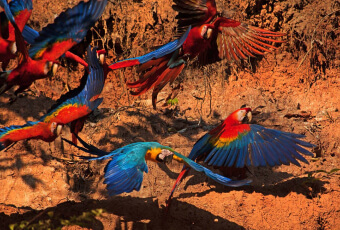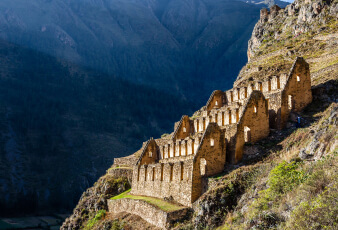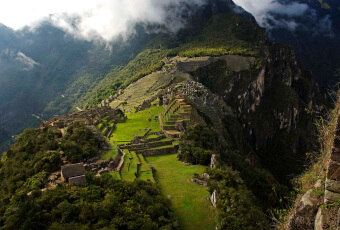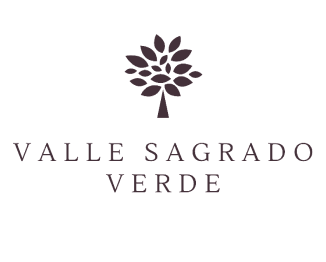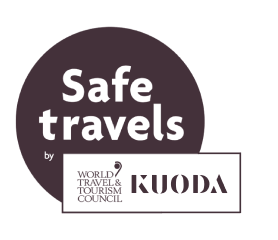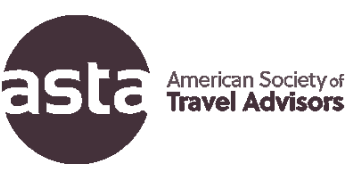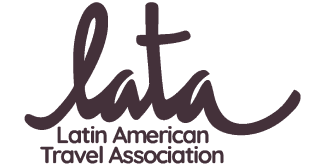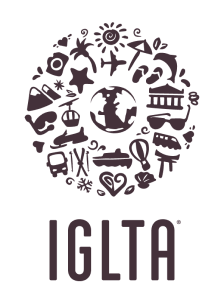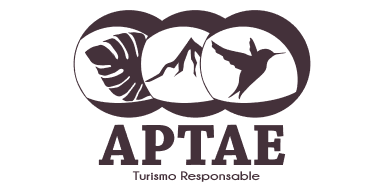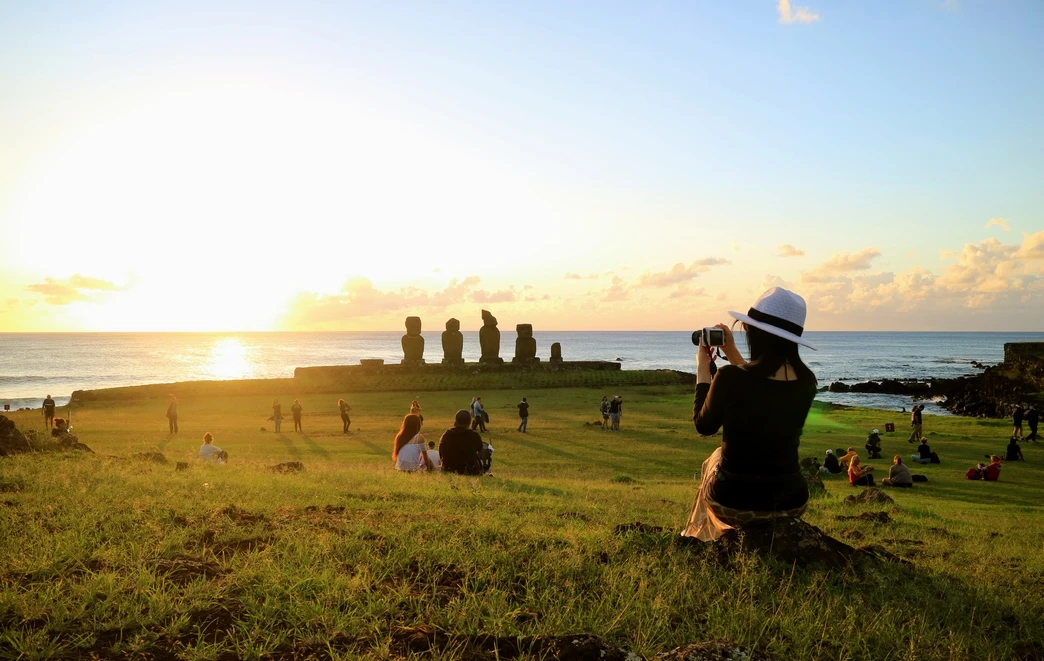
There are few journeys in the world as extraordinary as a trip to Easter Island. Known locally as Rapa Nui, this remote island lies more than 2,000 miles off the coast of Chile, making it one of the most isolated inhabited places on Earth. Yet its cultural richness and natural beauty have made it a destination that continues to captivate travelers.
Best known for its iconic moai statues, Easter Island is a UNESCO World Heritage Site and a cultural crossroads where Polynesian heritage meets South American influence. A trip to Easter Island is not only about seeing the monumental stone figures but also about experiencing a living culture, dramatic volcanic landscapes, and a way of life shaped by resilience and tradition. With Kuoda Travel, this journey becomes an immersive experience, carefully curated to reveal the island’s mysteries with depth and authenticity.
Why Take a Trip to Easter Island?
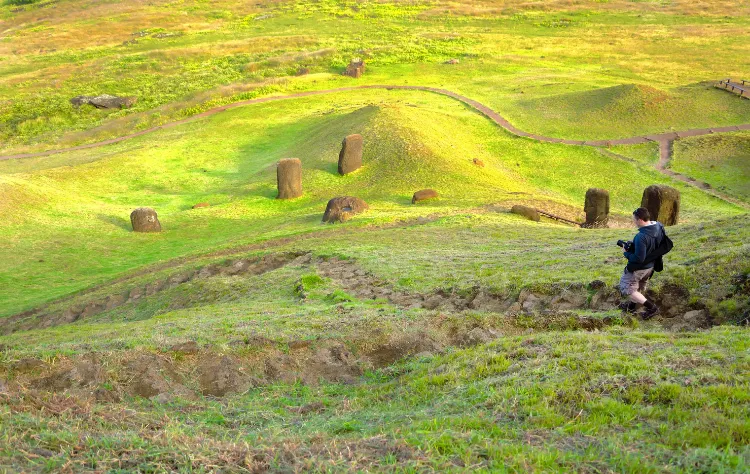
Easter Island offers something unlike anywhere else in the world. Despite being politically part of Chile, it is culturally Polynesian, with a heritage that speaks to the ingenuity of seafaring people who settled here centuries ago.
A trip to Easter Island allows you to step into a world of myth and history. The island’s 63-square-mile terrain is filled with volcanic craters, windswept grasslands, and sacred stone platforms known as ahu. It is a place where every corner has cultural meaning, and every moai seems to gaze into the past with silent wisdom.
For travelers seeking destinations that combine natural wonder, mystery, and cultural depth, Easter Island is an unforgettable chapter in any South American journey.
The History and Meaning of the Moai Statues
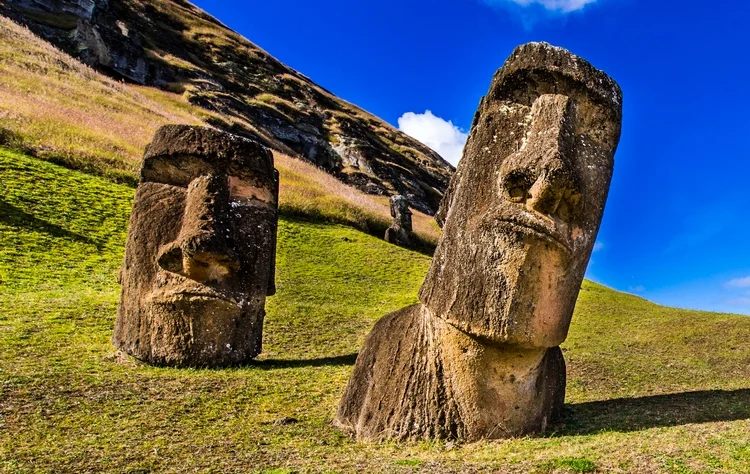
No trip to Easter Island is complete without understanding the moai statues. Carved between the 13th and 16th centuries, these monumental figures were created to honor ancestors and protect the island’s clans. Standing on stone platforms called ahu, the moai face inland, symbolically watching over the communities they represented.
Rano Raraku, the quarry where most moai were carved, still holds nearly 400 unfinished statues, offering a haunting glimpse into the artistry and devotion of the Rapa Nui people. The most famous site, Ahu Tongariki, features 15 restored moai that stand tall against the backdrop of the Pacific Ocean, especially spectacular at sunrise.
For visitors, seeing the moai is a profound experience, a reminder of human creativity, spirituality, and resilience. Their presence continues to shape the cultural identity of the island, making them central to the meaning of a trip to Easter Island.
Top Experiences on a Trip to Easter Island
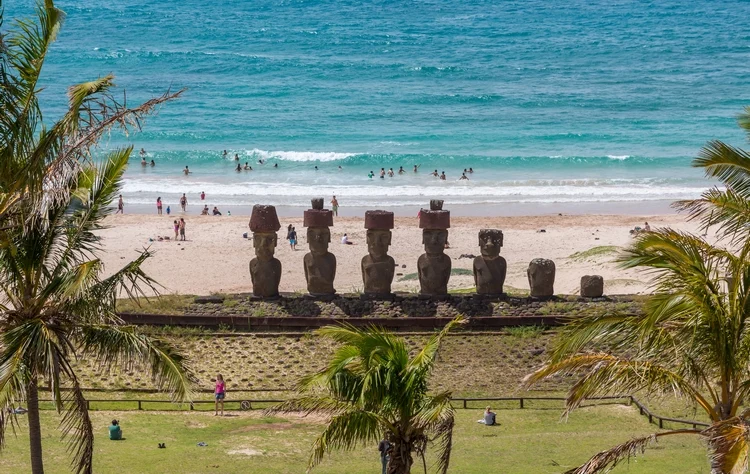
A journey to Easter Island is filled with unforgettable highlights. Among the most memorable are:
Ahu Tongariki at Sunrise: The island’s largest ceremonial platform, with 15 moai aligned in silent grandeur.
Rano Raraku Quarry: The birthplace of the moai, where hundreds of half-carved statues remain frozen in time.
Rano Kau and Orongo Village: A volcanic crater overlooking the sea and the site of the Birdman Cult ceremonies, where legends and rituals once determined leadership.
Terevaka Volcano Hike: The island’s highest point, offering panoramic views across the Pacific.
Anakena Beach: A white-sand beach framed by coconut palms and moai statues, blending history with relaxation.
These experiences show that a trip to Easter Island is not just about archaeology; it is about adventure, discovery, and immersion in a unique environment.
Cultural Immersion in Rapa Nui
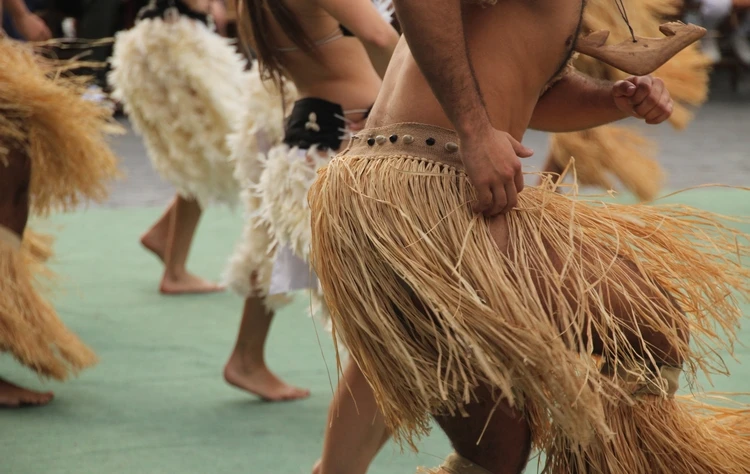
Beyond its archaeological wonders, Easter Island is home to a vibrant living culture. The Rapa Nui people preserve traditions through dance, music, and storytelling. A highlight for many travelers is attending the Tapati Rapa Nui Festival, held every February, where the community celebrates ancestral customs with competitions, body art, and traditional performances.
Visitors can also engage with local artisans who carve wood and stone or create intricate crafts inspired by ancestral symbols. Dining on fresh seafood and Polynesian-Chilean fusion dishes offers another window into island life.
For Kuoda guests, cultural immersion is central to every trip to Easter Island, ensuring that the journey is not only about seeing monuments but also about connecting with the people who keep this heritage alive.
When to Plan Your Trip to Easter Island
The island enjoys a subtropical climate, making it a year-round destination. However, the best times for a trip to Easter Island are spring (October to December) and autumn (March to May), when the weather is pleasant and visitor numbers are lower.
February is particularly special for those wishing to experience the Tapati Festival, a celebration that offers unparalleled cultural immersion. Flights to Easter Island depart from Santiago, Chile, with regular connections that Kuoda seamlessly integrates into broader itineraries across South America.
Experiencing Easter Island with Kuoda
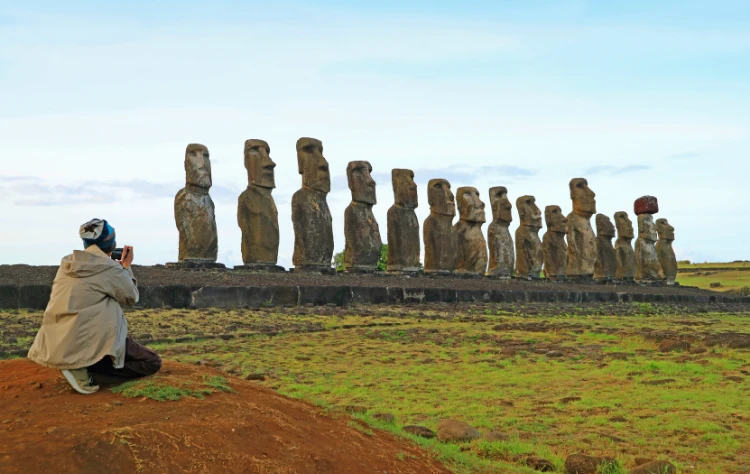
A trip to Easter Island is unlike any other journey, and the way you experience it matters. At Kuoda Travel, we craft personalized itineraries that balance the island’s iconic highlights with hidden gems and cultural encounters.
Our private guides provide context to the moai statues, explain the significance of sacred sites, and introduce you to local traditions that most visitors miss. We also integrate Easter Island into broader Chilean explorations, combining it with luxury adventures in Patagonia, the Atacama Desert, or Santiago.
With Kuoda, your journey is designed around you, ensuring comfort, cultural depth, and respect for the island’s heritage. Responsible tourism is at the heart of our approach, so your visit supports local communities and contributes to the preservation of this extraordinary destination.
Frequently Asked Questions About a Trip to Easter Island
How do you get to Easter Island?
Flights depart from Santiago, Chile, and take around five hours. Kuoda arranges all logistics to ensure a seamless journey.
How many days do you need for a trip to Easter Island?
We recommend at least four to five days to fully explore the main sites, immerse yourself in the culture, and enjoy the landscapes.
What is the best time of year to go?
Spring and autumn offer pleasant weather and fewer visitors. February is ideal for those interested in the Tapati Festival.
Can you combine Easter Island with other destinations in Chile?
Yes. Kuoda designs bespoke itineraries that connect Easter Island with Santiago, the Atacama Desert, and Patagonia.
Why is a guided trip to Easter Island the best option?
Guides provide cultural and historical insight, helping you understand the significance of the moai and Rapa Nui traditions in a meaningful way.
Why a Trip to Easter Island Is Unforgettable
Easter Island is more than a remote island; it is a place where history, culture, and natural beauty come together in powerful harmony. A trip to Easter Island is about more than admiring statues, it is about stepping into a living story of human creativity, resilience, and tradition.
At Kuoda Travel, we believe that every journey should be as unique as the traveler. With our curated itineraries, expert guides, and commitment to authenticity, we ensure that your experience on Easter Island is both enriching and unforgettable.
When you stand before the moai at sunrise, walk the ancient paths of Orongo, or share stories with local hosts, you will feel the island’s spirit. Let Kuoda be your guide to Easter Island, crafting a journey that reveals not only its mysteries but also its timeless meaning.
The Best Peru Travel Agency: Why Kuoda Earned Travelers’ Trust
When planning a journey to Peru, travelers often search for the best Peru travel agency, a company that not on...
Read PostPeruvian Food: A Culinary Journey with Kuoda
Peru is more than Machu Picchu and the Andes, it is one of the world’s most exciting culinary destinations. ...
Read PostTailor-Made Peru Itineraries: Discover Lima, Machu Picchu, Cusco, and Lake Titicaca
When travelers begin dreaming of Peru, one question quickly arises: What is the best way to see it all? With K...
Read Post










